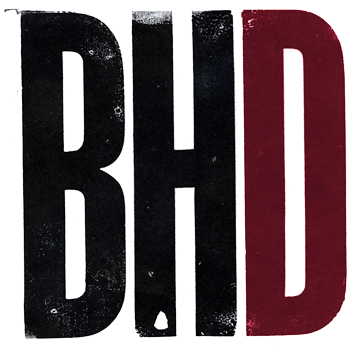
12 Jun Accelerated UX to future proof our design course
Agile Coach and change guru Michael Grau from the upcoming Australian Design Festival spoke wonderfully last week about What is UX and Why is it Booming in Perth?
A carefully constructed and gentle paced walk through unpacking people’s existing frameworks in order to make calculated guesses on which interaction touchpoints are likely to drive people to a desired goal. Such a goal may be in the interest of the person or the product organisation (but ideally in both).
UX design recognises these as guesses, looking to validate such guesses with data and accepts people have preconceived frameworks, biases and cultural differences that mean experiences differ. UX designs for the experience, not the experience itself.
Incomplete Definitions
UX is often described as “enhancing user satisfaction by improving the usability, accessibility, and pleasure provided in the interaction between the user and the product”
So why has UX demand grown so much in the past five years? Michael provided two great answers:
- The general marketplace appreciation of design as differentiator. Companies like apple and airbnb did a lot to bring the value of design to a general business consciousness. But understanding the value is not enough. Since we know fear of loss is a powerful motivator of businesses, both airbnb and apple represent companies that mean losses for other companies, the more traditional companies. John Maeda’s (2015) design in tech report shows tech companies buying up design firms and we see google shift from being an engineering company to being a design company.
- UX is a lag effect from digital analytics. Data analytics and it’s principle tool of A/B testing were always going to be popular in the boardrooms because it leads to real business outcomes, quantified. After the initial wins, businesses looked to the threat and with this new normal the differentiator no longer lay with analytics alone. It now lies with the combination of data analytics and the drivers of experimentation: design. The underlying quantitative tools (data analytics) swiftly showed the value of UX decisions and skills (they were previously invisible). In addition, the skills in data analytics are prevalent in organisations: numbers, measurement, analysis. Those required for UX are less prevalent: ethnography, storytelling, psychology and visual literacy.
A key take-away was the use of Job stories as a tool to convey meaning and value beyond “like” or “speed”. Intercom have this to say:
We frame every design problem in a Job, focusing on the triggering event or situation, the motivation and goal, and the intended outcome:
When _____ , I want to _____ , so I can _____ .
For example: When an important new customer signs up, I want to be notified, so I can start a conversation with them.
He also shared these fantastic links:
https://jtbd.info/replacing-the-user-story-with-the-job-story-af7cdee10c27#.1fls5cjfy






























